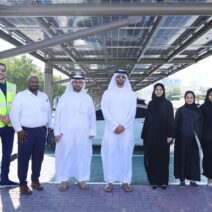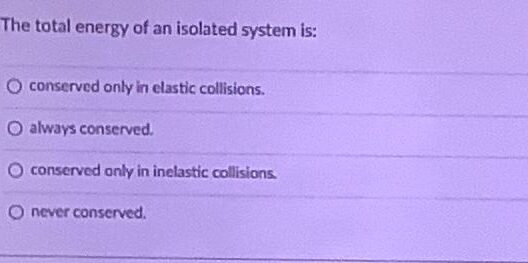As the world grapples with the pressing realities of climate change and diminishing natural resources, India finds itself at a pivotal juncture in energy consumption. With a burgeoning population and a rapidly expanding economy, how can India tread the delicate balance between development and sustainability? This quandary calls for an exploration of energy conservation techniques that promise sustainable growth.
At the outset, energy conservation can be defined as the judicious use of energy to ensure that it lasts longer and is utilized efficiently. The integration of sustainable practices within energy consumption is paramount for India, a nation that mirrors the aspirations and tribulations of numerous developing countries.
So, what are some efficacious strategies for conserving energy resources in India? Let’s delve into several areas where immediate attention can lead to substantial impact.
1. Promoting Renewable Energy Sources
India is blessed with vast renewable energy resources including solar, wind, and biomass. A systematic augmentation of these resources could significantly alleviate dependence on fossil fuels. The government is already making strides in this sector, manifesting in ambitious projects like the National Solar Mission. However, persevering efforts to incentivize private investment and embracing innovation in technology will enhance the efficacy of renewables.
2. Improving Energy Efficiency
Enhancing energy efficiency in industries and buildings can yield considerable dividends. Implementing measures such as adopting energy-efficient appliances and retrofitting old structures to meet modern standards can drastically reduce energy consumption. The Bureau of Energy Efficiency (BEE) in India plays a vital role in this context. It establishes standards and labeling systems that inform consumers about energy-efficient products. Awareness campaigns can further bolster this initiative, making energy conservation a communal responsibility.
3. Fostering Sustainable Urban Development
The pace of urbanization in India is unprecedented. Sustainable city planning is essential for conserving energy. Compact, mixed-use developments reduce the need for automotive transport, which is a significant drain on energy resources. Investing in public transport systems that utilize clean energy and promoting non-motorized means of transport, such as cycling and walking, can dramatically reduce overall energy use in urban spaces.
4. Encouraging Behavioral Change
Individuals often overlook their role in energy conservation, but small changes in daily behavior can leave a lasting impact. Initiatives like “Earth Hour” encourage people to turn off lights for an hour, promoting awareness of energy consumption. Educational programs in schools can instill a sense of environmental stewardship from a young age. The challenge remains: how do we make energy conservation a habit rather than a choice?
5. Utilizing Smart Technologies
Advancements in technology pave the way for smarter energy management systems. Internet of Things (IoT) applications in energy consumption can optimize usage across households and industries, enabling real-time monitoring and control. Smart meters can provide feedback that encourages consumers to modify their habits to be more energy-efficient. Now, imagine a scenario where every household has access to this technology — would it not revolutionize energy conservation in India?
6. Investing in R&D for Innovative Solutions
Research and development are the backbone of sustainable energy solutions. Government and private sector collaborations should focus on developing indigenous technologies suited to India’s unique challenges, such as energy storage systems that can harness solar power during the day for use at night. Such innovations can unlock tremendous potential for energy conservation and efficiency.
7. Legal Framework and Policy Implementation
Robust legislation can navigate the complexities of energy conservation and sustainable development. The government must enforce stricter regulations on industrial energy consumption and incentivize green technologies. By instituting penalties for excessive energy use, and rewards for compliance, a balanced approach can be achieved, encouraging enterprises to prioritize sustainability. However, effective policy implementation requires meticulous monitoring and a commitment to transparency.
8. Community-Led Initiatives
Grassroots movements can be pivotal in fostering communal responsibility toward energy conservation. Local communities should be encouraged to initiate programs such as community solar projects or group discussions focused on sustainable practices. These initiatives not only empower communities but also create a culture of cooperation aimed at tackling the energy crisis.
Conclusion
Energy conservation in India is not just a necessity; it is an opportunity for innovation and growth. As the nation forges ahead, embracing sustainable energy practices can ensure a mitigated impact on climate change while nurturing economic advancement. The prospect of a cleaner, greener future compels us to act-now. Will we rise to this challenge, or will we stall in hesitation? The answer lies in our collective actions, choices, and our unwavering commitment to conserving the planet’s energy resources.








